
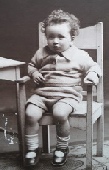
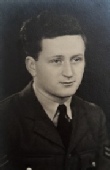
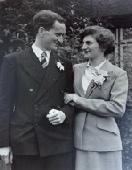
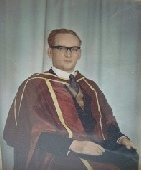
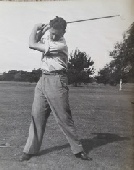
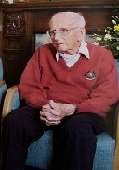
Ronald Basil Girdler
1925 -

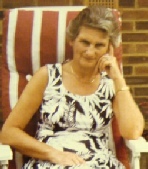
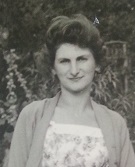
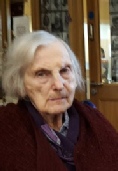
Helene Girdler
1927 -



Jobs after Marriage
At first I enjoyed being at home with plenty of time to sit in the garden and enjoy the sunshine, but I soon became restless and kept thinking about all the money I was losing, and I knew I had to get another job. I think it was Shirley who pointed out an ad in the jobs column of the local paper. A lab assistant was required at Crookes Laboratories in Acton to test their products, in what we now call the Quality Control lab. I applied and was accepted and started working there with another girl of about my age. The products consisted of ampoules of various vitamins which had to be tested in a fume cupboard. I can't remember what we were actually testing for but the work was rather tedious. We had to supply our own cutlery for our lunches which were served in the factory canteen. A galvanised bucket of tepid water was provided for us to wash up in, for which we had to queue up when we had finished our meal. There was always a layer of grease on top of the water and I don't think there was any detergent in it either. I thought it was horrible! So I was not too upset when I was called into the manager's office, after I had been there for about three months, and told that I was to be made redundant. My work had been completely satisfactory, I was told, but the Company was cutting down on staff and as I was last in I was first out. I was provided with a glowing reference and that was that.
Once again I was without a Job but now it was winter and I was enjoying my leisure much less than before. I scoured the local paper and very soon I saw a post advertised at the labs of the Imperial Cancer Research Fund in Mill Hill. This seemed to be more in my line and so it turned out to be.
I was to be an assistant to Dr. C. Le Q. Darcel, a Jersey man, who was a research Vet. He was a young married man and was about 6'4" tall. He was carrying out research on leukaemia and the work involved the inoculation of day-
Later Dr. Darcel began working with tissue culture, which was another new technique. For this we worked with fertilised chickens eggs which were kept in an incubator and "candied" each day. This consisted of holding the egg up to a light in a candling box -
The I.C.R.F. labs were housed in a relatively new large building next door to the Medical Research labs, which were themselves housed in an enormous multi-
So Pat and I were kept busy assisting the two doctors. Both doctors were carrying out similar work. When a batch of chicks were to be inoculated some were used as controls, but Pat and I were never told which were which, t was quite put out by this until Dr. Negroni explained that the reason for this was that when we palpated them our findings would not be influenced in any way. I later realised that this was of course standard practice in research. I also used the calculating machine to work out the statistics from the findings. Dr. Darcel wrote out the formula I was to use. This machine was a revelation to me. It was an early forerunner of the electronic computer, but this was a purely mechanical machine. When calculating there was such a metallic din as the numbers rolled round their individual cylinders until the appropriate result was achieved. When an impossible task was set for it, such as a calculation involving a negative number, the cylinders would roll round in a frantic manner so as to appear quite demented, and the result would be a series of zeros. I loved using it, as I enjoyed all the work there.
Pat was preparing to get married but had very little money and was finding it difficult to buy a wedding dress. I had a full-
Het and Jack had bought a second-